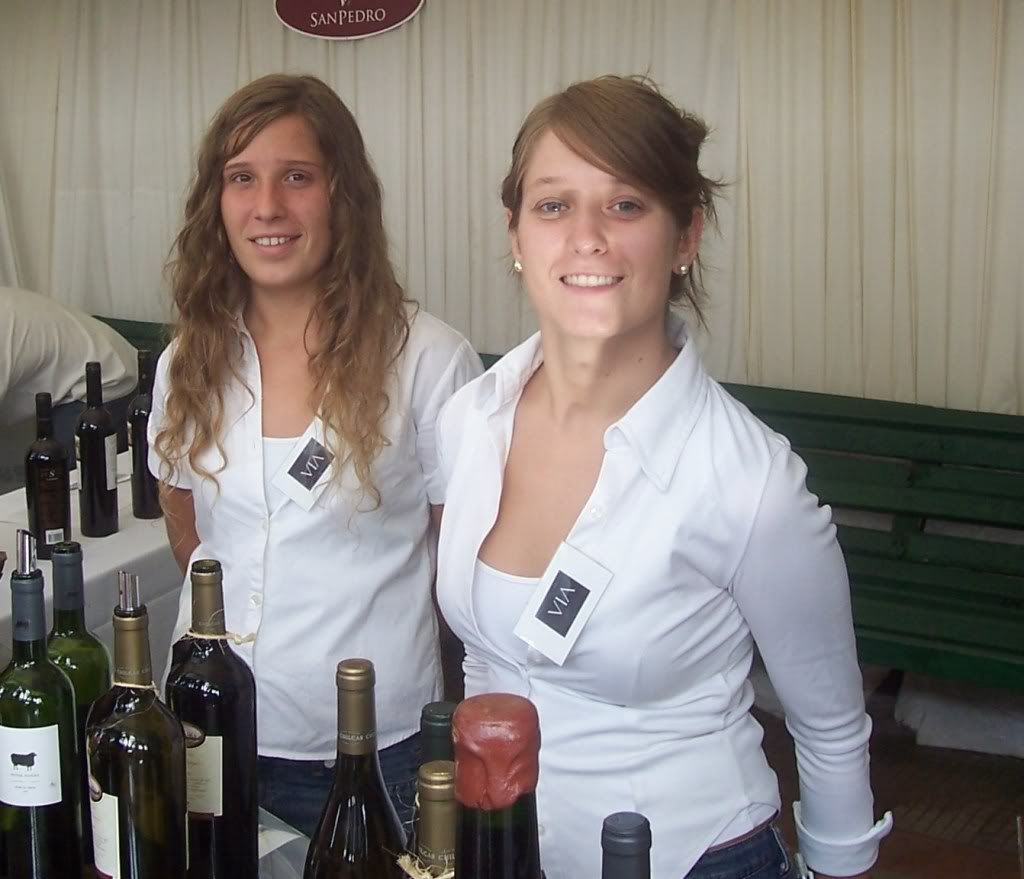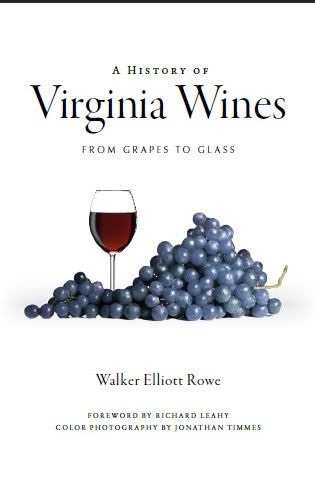I went to Gene Adam’s slaughterhouse early one morning this week to talk to Gene Adams about his business and watch him slaughter a cow. The state inspector Sean O’Brien and I ducked behind a door as Gene dispatched the first animal with a .22 rifle. I was worried that the bullet might ricochet. Mr. Brien told me he was crouching there, “Just in case”. In the next room Gene’s mother Shirley and his brother David were grounding up patties while his Uncle Warren was sawing a carcass into t-bones.
It took Gene and his assistant Ernie Holbrook only 35 minutes to slaughter and clean a Charolais Angus crossbred steer and move it into the cooler where the carcass would hang for 10 to 14 days for aging. Mr. O’Brien, moving with the deliberate speed of a government employee, poked his knife blade into the cows liver and lungs checking for any discoloration which might indicate an unhealthy animal. He was also on hand to make sure that the animal was handled humanely and killed without pain. Ernie cleaned up the offal which would be shipped off to Valley Proteins to make dog and cat food, oil for biodiesel, and leather for which they pay $10 per hide.
Gene feeds about 80 cattle per year himself and slaughters many more buying cows and pigs from area farmers and both local livestock auctions: Front Royal and Marshall. He buys grain-finished cattle from Dale Welch who formerly managed the Fauquier Livestock Exchange and he buys hogs and cattle from Lindsay Eastham who is the current manager of that exchange. Gene says there is “strong demand” in Rappahannock County for his beef and pork yet he only wholesales his meats at two area stores which are not much more than gasoline stations: Mayhugh’s and Settle’s Garage. Gene’s retail customers drive all the way from
Gene is sort of a burley country fellow who looked askance at this arm-chair intellectual carrying a camera and digital voice recorder when he gave me a tour of his facility. Gene looks a little like a Black Angus bull standing there in the cooler with his dark hair and steely black eyes without a hint of a smile as I snapped his picture. Perhaps he has taken on the countenance of the big creatures that he faces down each day.
One of Gene’s customers who I managed to track down is Chancellor’s Rock Farm. They told me they give their meat to charity. Let me repeat that: they GIVE IT AWAY. This is hardly the model of sustainable agriculture about which people in the local conservation movement are talking. The environmentalists here worry that the county will turn into one large country club where people keep cattle simply as a way to lower their real estate taxes.
To be fair I did talk to the farm manager there at the 446 acre Chancellor’s Rock farm which, by the way, is for sale. Karl Hoyle spoke highly of Gene Adam’s slaughterhouse and explained to me that their farm is a “cow-calf operation”. That means they make money selling calves that have been weaned to feedlot operators. He said, “That’s the one place that we allow our animals to be slaughtered. We used to retail ourselves. The owners of the farm give it to charity or we give it to the staff or themselves. The owners are very concerned how their animals are going to be treated even after they are slaughtered.” They gave up on the retail beef business not finding it profitable or worth their time. Karl also says that the design of the cooler at Adams Customer Slaughter is ideal for aging meat. He says, “When the beef is hung and aging if the air is not properly circulating around it gets a bad taste. It’s aged perfect.”
Bill Havlik has a farm in
I phoned up Kenner Love of the Agricultural Extension Service. I told
Several folks have told me that raising cattle is hardly profitable. Gene sells sides of beef--slaughtered, wrapped, and packed--for about $2.35 per pound. He is currently paying about $0.95 per pound for finished cattle. (Five months ago the price paid to the farmer was $1.20 per pound). This is called “hoof weight”. That would mean a 1,110 pound grain-finished steer would bring $1,045 if the farmer sold the whole animal or $912 for the 645 pounds of meat produced by the carcass of an animal of this size. So it might be profitable on a cash-flow basis but with corn, taxes, fuel, that sort of thing there is not much if any income for the farmer.
His packaged pork and beef patties are much less expensive than what you would find in the grocery store. His current price for ground beef is $3.99 per pound and pork sausage is $2.99 per pound.
Gene currently sells patties to the
Farms that sell livestock for breeding stock instead of for meat are not contributing to local sustainable agriculture if you measure that by the amount food that they produce themselves. Two other farmers I have talked to recently have found selling breeding stock more profitable. That is true with Steve Shippa, who is the largest goat producer I know, and Alan Zuschlag who retails lamb and sells breeding stock from his Touchstone Farm. While both of these guys say they make profits selling meat to consumers (Alan) or wholesalers (Steve) they suggest more money is to be made selling breeding stock. I find this highly frustrating as I look about for ways to make my goat operation profitable. The lack of profitability in the livestock business is exactly why Gene’s family started this slaughterhouse in 1994. Gene’s family had a 1,600 acre cattle farm but “lost it” he says over the years to a subdivision covered in houses. Of course Gene and his family have figured out how to make a living raising cows but not every farm can set up a slaughter house. There are a lot of rules and regulations around that and of course you need a government inspector on the premise, gratis of course, paid for by the
There are two other slaughter houses in the area: Faquier’s Finest and Blue Ridge Meats. They do cater to farmers who wish to resell under their own label even producing halaal meats. (Halaal is to Muslims what kosher is to Jews.). Of course packaging meat for others to sell is not Gene’s business model and for him business is good.
Addendum
Definition: To "finish" a cow means to grow it to slaughter weight. Most cattle are grazed on pasture grass until they are sold at auction as "feeder" cows at around 700 pounds of weight. Then they are fed a grain diet which causes them to gain about 5 pounds per weight until they are slaughtered at around 1,100 pounds at which point they become "slaughter" cattle. A "grass fed" beef is one that has only been fed pasture forage.
Here is how to get in touch with Adams Customer Slaughter:
540.937.7497









3 comments:
Thanks again - I always wanted to know more about Adams Custom Slaughter House. Does he processed animals other than beeves and pigs?
Sylvie
http://www.LaughingDuckGardens.com/ldblog.php
Hi Sylvie. They only do beef and pork.---regards, WER
I appreciate your observation on Chancellors Rock Farm. Used to work for them. They wanted their calves to "go to a good home." As if that would make them any less dead.
Post a Comment